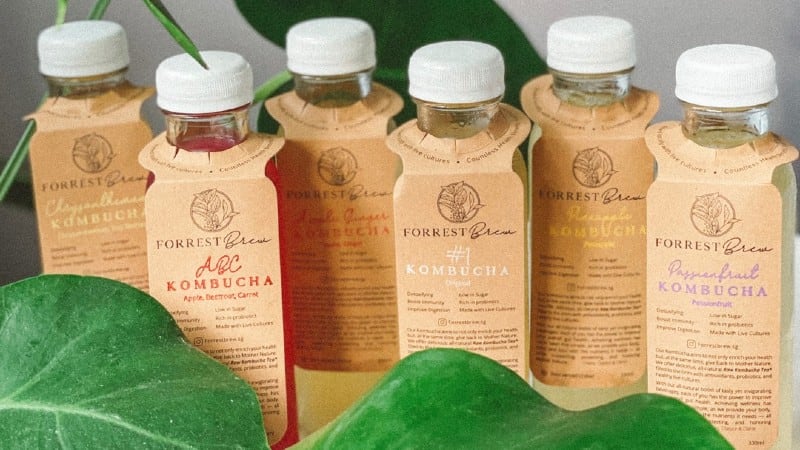Hard seltzers have been considered one of the alcohol categories with the highest growth potential in China in recent years, driven primarily by a younger demographic on the lookout for a more exciting beverage with multiple flavours and variations.
According to local pioneering hard seltzers firm ZEYA, the local hard seltzer market is still considered nascent when compared to more major markets like the United States, but it is already seeing interest from big international beverage firms
“It’s still quite early days for hard seltzer in China relative to mature markets in the west, but we have already seen that the growth potential is real and even big brands are taking notice of this category,” ZEYA Founder and CEO Eric Hoang told FoodNavigator-Asia.
“The likes of Suntory and Coca-Cola have already been investing resources into exploring innovation and development within this category, and this is a trend that is being driven by multiple factors including younger consumers just wanting to move away from traditional beer to something more exciting that can come in more interesting flavours or even more types of alcohol bases.”
ZEYA itself recently received a large investment from Camus Cognac which it plans to use to expand production and distribution both in and out of China, also further testament to how the segment has piqued the interest of major international brands and the potential they see in it.
Despite all of this potential though, Hoang highlighted that hard seltzers are still facing some major teething challenges in China as there is as yet not proper name for the beverage and category as a whole in Mandarin Chinese, which presents a serious issue when it comes to marketing and promoting as an entire sector to consumers.
“There’s really no really good word in China to describe what a hard seltzer is – many brands are trying to use different terminologies, but nothing has quite stuck yet,” he said.
“Once a [standardised] term comes out in Mandarin that people can stick to, that will help drive the acceptance of the product.”
ZEYA refers to hard seltzers as ‘硬苏打’, which literally translates into ‘hard soda’, but there are also other terms floating around such as ‘微醺硬苏打酒水’ or ‘low-alcohol hard soda alcohol’, and ‘气泡酒’ which is ‘bubbly alcohol’.
That said, he is confident that hard seltzers have the potential to steal market share from a lot of other alcohol categories, mainly due to the younger consumer base.
“Many younger consumers do not want to drink regular beer as much anymore as the flavours are less exciting, the branding is much more stale and it is considerably less healthy [in terms of calorie content],” he said.
“[Younger consumer consumption of] higher ABV spirits like baijiu is also starting to decline, and whilst wine is still seeing some growth it also has its own issues from tannins to taste to convenience.
“So seltzer kind of steals share from all of these categories and as education and awareness grows, it should be expected to see a higher prevalence of hard seltzers in the market.”
Watch the video above to find out more.





